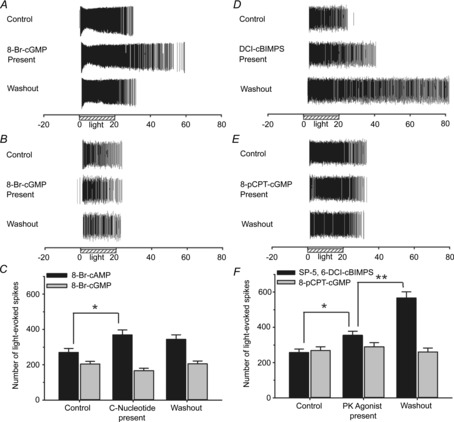Figure 3. Role for cAMP and PKA in modifying neonatal ipRGC light responses.

A and B, example spike rasters from a light-stimulated ipRGC before, during and after 5 min exposure to the cyclic nucleotide analogues (A) 8-Br-cAMP (1 mm) or (B) 8-Br-cGMP (1 mm). C, mean spike counts showing that the cAMP analogue (N = 3; n = 35), but not the cGMP analogue (N = 4; n = 54), significantly increased ipRGC spiking. D and E, similarly, the non-hydrolysable PKA agonist Sp-5,6-DCl-cBIMPS (D; N = 3; n = 38) significantly affected ipRGC light responses, while the PKG agonist 8-pCPT-cGMP (E; N = 3; n = 47) did not. F, mean spike count data illustrating effects of the 5 min treatments with the protein kinase agonists. **P < 0.01, *P < 0.05, one-way ANOVA, Holm–Sidak. Stimulus was blue light (470 nm; 3.9 × 1015 photons s−1 cm−2).
